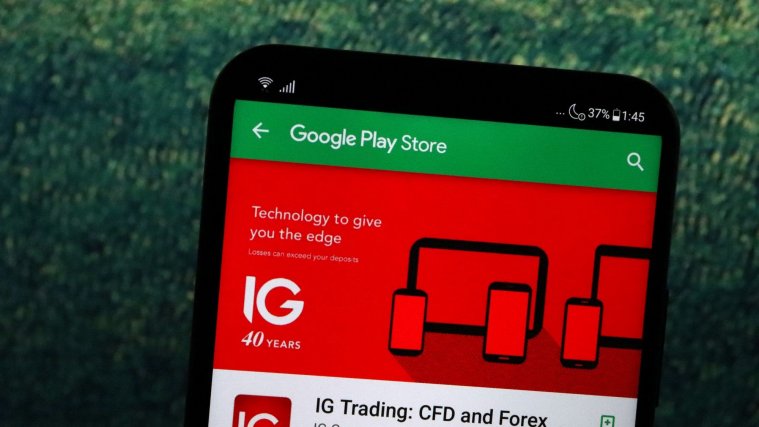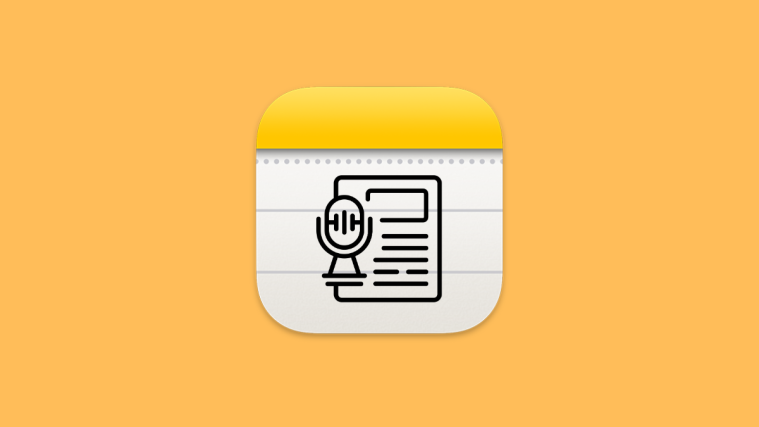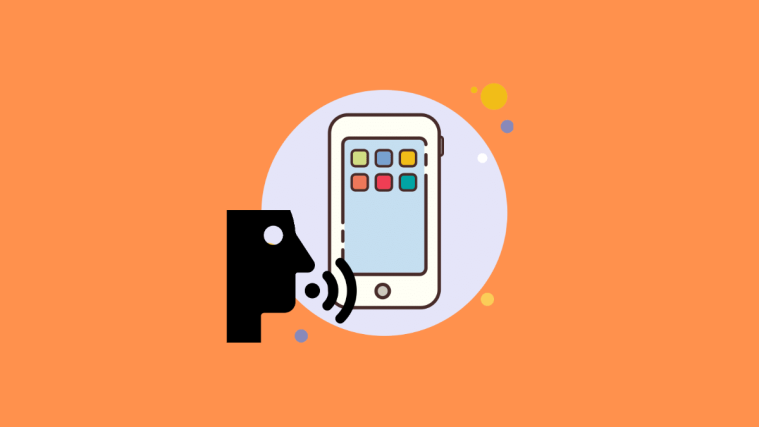Technology never stands still. In the last 50 years, the financial services industry has changed beyond all measure. A recent report by Synechron, a leading fintech company, identified the most important trends for 2018. These included greater investment in digital transformation, blockchain and AI, the move towards digital-only banks, and further adoption of the cloud. There is also an increasing uptake of mobile technology for the management of personal finances and investments.
Today’s customers expect to have access to their accounts on the go. They want to be able to trade via mobile devices, make payments from their smartphone, and use AI apps to manage their investment accounts.
The Rise in Mobile Apps
Banks and fintech companies are not blind to this development. A recent BBC news article reported that mobile app use for banking is expected to overtake online banking by 2019 and rise by 72% by 2023. Researchers also concluded that eventually, we would only visit a branch of our bank twice a year. This trend is reflected in the slow but steady loss of regional bank branches – RBS is closing 162 branches this year alone, with other banks taking a similar tack.
Mobile Vs. Broadband
Given that internet access is patchy at best in rural areas, it is often far easier to use an app instead of logging in via your online interface. Apps connect straight to the user’s mobile data service whereas broadband is reliant on the ISPs service. You may have to put up with a 1Mb upload speed in your remote farm, but if you’re near a mobile antenna, you could enjoy 4G mobile access on your smartphone, and 5G in the not too distant future.
It is clear that fintech is being driven by mobile. The convenience of mobile apps for banking and investment is acting as a magnet for tech-savvy customers. Developers are not blind to this. As the focus becomes more customer-centric, fintech developers are focussing on mobile.
Mobile Trading
Mobile banking and payments are forecast to rise to $92 billion in 2019. Mobile trading has also seen a corresponding rise. Thanks to the increasing number of mobile trading apps, would-be traders no longer need to work in the City. All of the most popular trading platforms have mobile apps that offer just as much functionality as an online trading platform interface.
IG was one of the first trading platforms to introduce a mobile app for its customers. Their iPhone app was released in 2008 and proved popular almost immediately. By 2017, 36% of trades took place via a mobile app, a huge increase on the relatively small figure of 5% in 2007.
The trend towards mobile investing is mirrored in the rise in forex trading. The Forex market has seen a big increase in trading volume. The value of trades hit $5.09 trillion in October 2016, so it isn’t difficult to extrapolate a link between the increasing use of mobile apps and a corresponding rise in trades.
Trading apps make it incredibly easy for anyone to dip a toe in the world’s financial markets. We can buy/sell shares, bet on currency pairs, or monitor our crypto investments – all via mobile apps. And at the same time, we can move money between bank accounts to pay for it all. What’s not to like about that?
This post is written in collaboration with IG.





